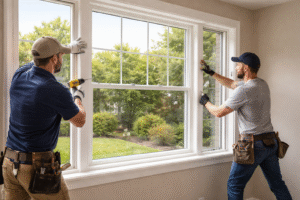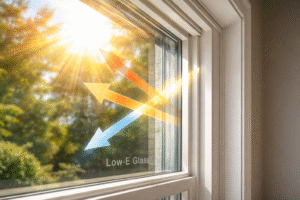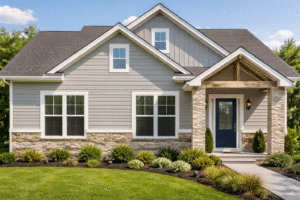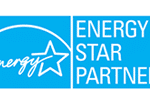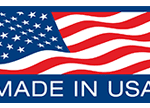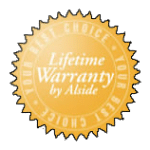When the Texas sun beats down, your home’s exterior takes the brunt of the heat. That’s why choosing the right siding material isn’t just about curb appeal—it’s about protection, energy efficiency, and long-term value. If you’re a homeowner in the Dallas–Fort Worth area, this guide will help you choose the best siding for those scorching Texas summers.
Why Siding Choice Matters in the DFW Heat
Texas summers bring intense heat, high UV exposure, and occasional severe storms. These elements can break down siding materials that aren’t made for extreme temperatures. In DFW, you need siding that reflects sunlight, resists warping, and insulates your home without frequent maintenance. The right siding can also lower your cooling bills and boost your home’s energy efficiency.
Top Siding Materials for Texas Heat
1. Fiber Cement Siding
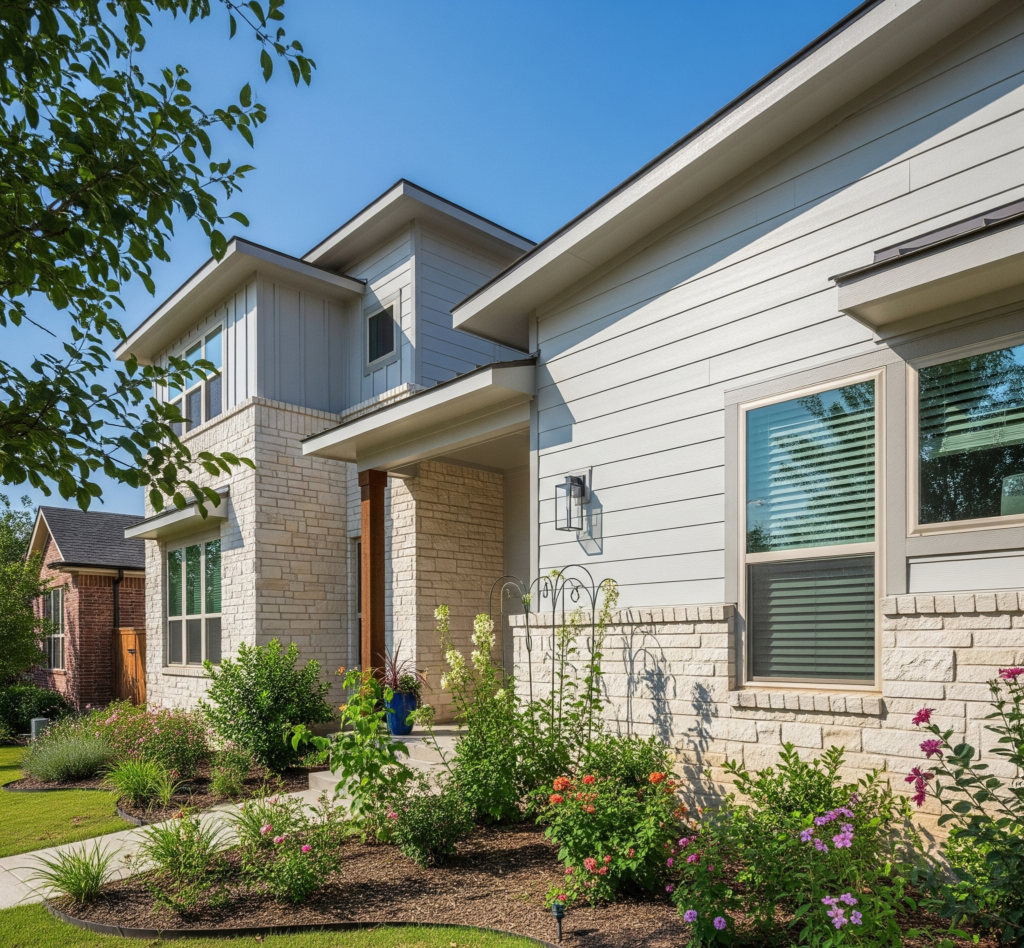
Fiber cement is one of the most popular choices in the DFW area—and for good reason. It’s built to withstand extreme heat and doesn’t crack or warp over time. James Hardie siding, a leading brand, is engineered for hot and humid climates like North Texas.
Pros: Excellent durability, fire-resistant, won’t melt in high heat, low maintenance
Cons: Heavier than other options, higher upfront cost (but long-lasting)
2. Vinyl Siding
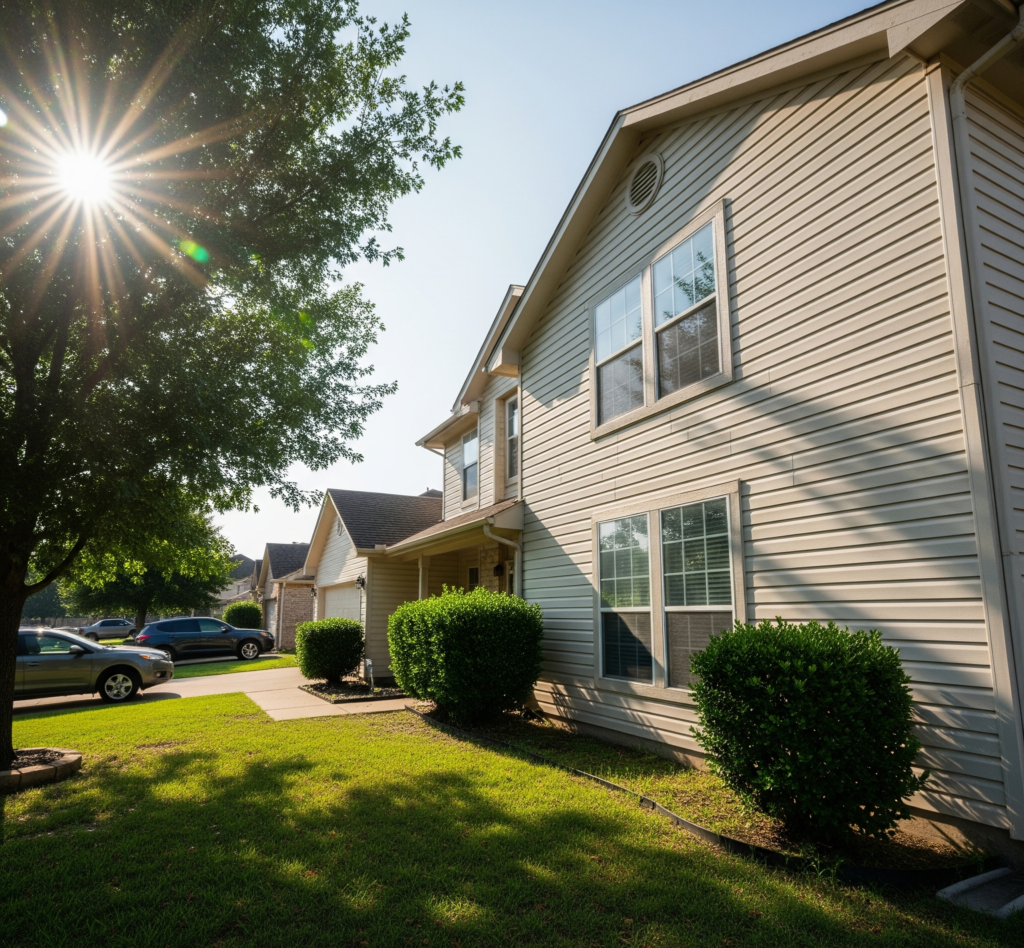
Vinyl siding remains a budget-friendly and flexible option for many Dallas-area homeowners. Today’s vinyl products come with UV-resistant coatings that help prevent fading and warping under strong sunlight.
Pros: Affordable, comes in a wide variety of colors and textures, easy to maintain
Cons: Can warp if exposed to direct sun for long periods, less insulating than other options
3. Engineered Wood Siding
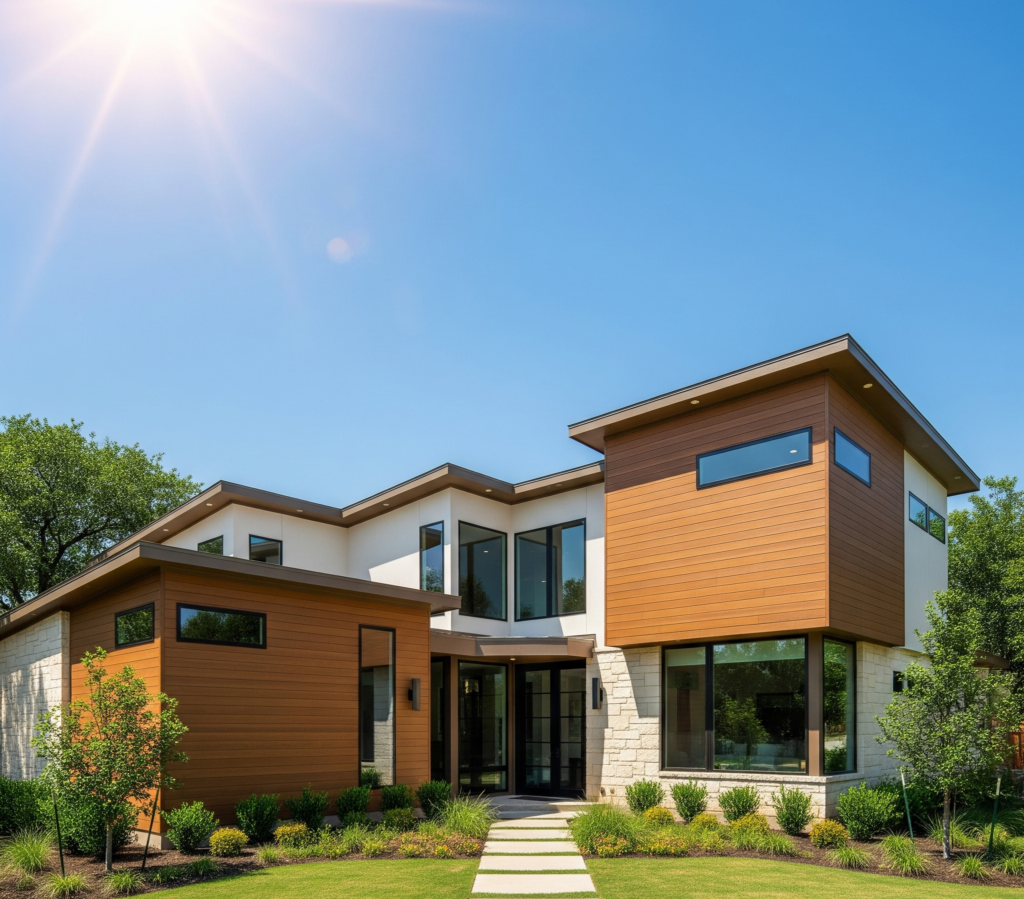
Engineered wood gives you the natural beauty of real wood, but with added protection against the elements. It’s treated to resist moisture, pests, and heat, making it suitable for Dallas homes.
Pros: Classic, upscale look, resistant to heat and humidity, lighter and easier to install than fiber cement
Cons: Needs periodic maintenance and repainting, not as fire-resistant as fiber cement
4. Stucco Siding
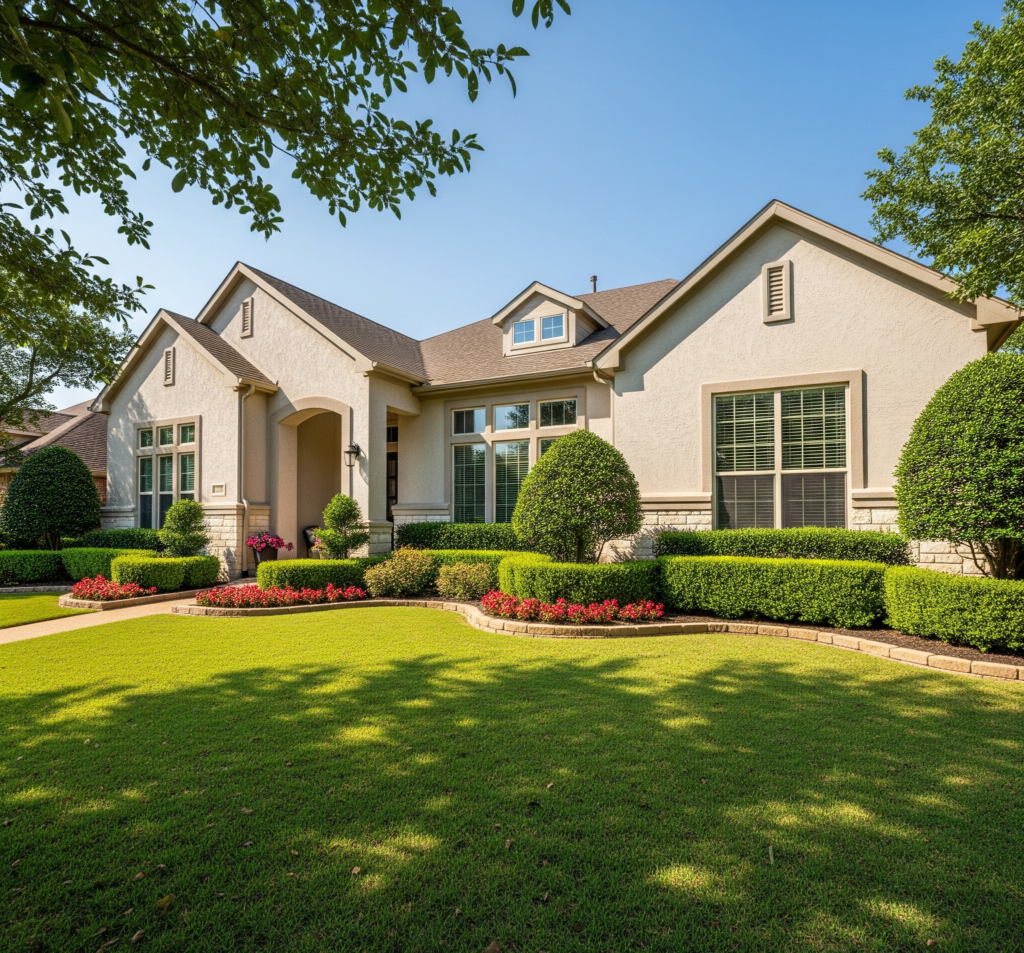
Stucco has long been used in hot, dry climates—and it holds up well in parts of Texas. It’s energy-efficient and adds a sleek, modern look to any home. However, it may not be the best choice in areas with heavy rain or humidity.
Pros: Great thermal insulation, durable and fire-resistant, aesthetic appeal for southwestern-style homes
Cons: Can crack in humid or shifting soil conditions, repairs can be costly
Key Features to Look for in Heat-Resistant Siding
When comparing siding options, DFW homeowners should focus on:
UV Resistance: Prevents fading and breakdown from sun exposure
Energy Efficiency: Helps keep your home cool and reduces energy bills
Warp and Crack Resistance: Ensures the siding maintains its shape over time
Low Maintenance: Withstands harsh conditions without constant upkeep
Keep Your DFW Home Cool, Protected, and Stylish
Choosing the right siding for hot Texas summers can improve your home’s comfort, energy performance, and overall appearance. Whether you’re planning a full exterior makeover or upgrading your current siding, materials like fiber cement, vinyl, and engineered wood are excellent options for the DFW climate. Want help picking the best siding for your home? Start with 1n20 Home Services today who understands the unique needs of Dallas–Fort Worth homes.

